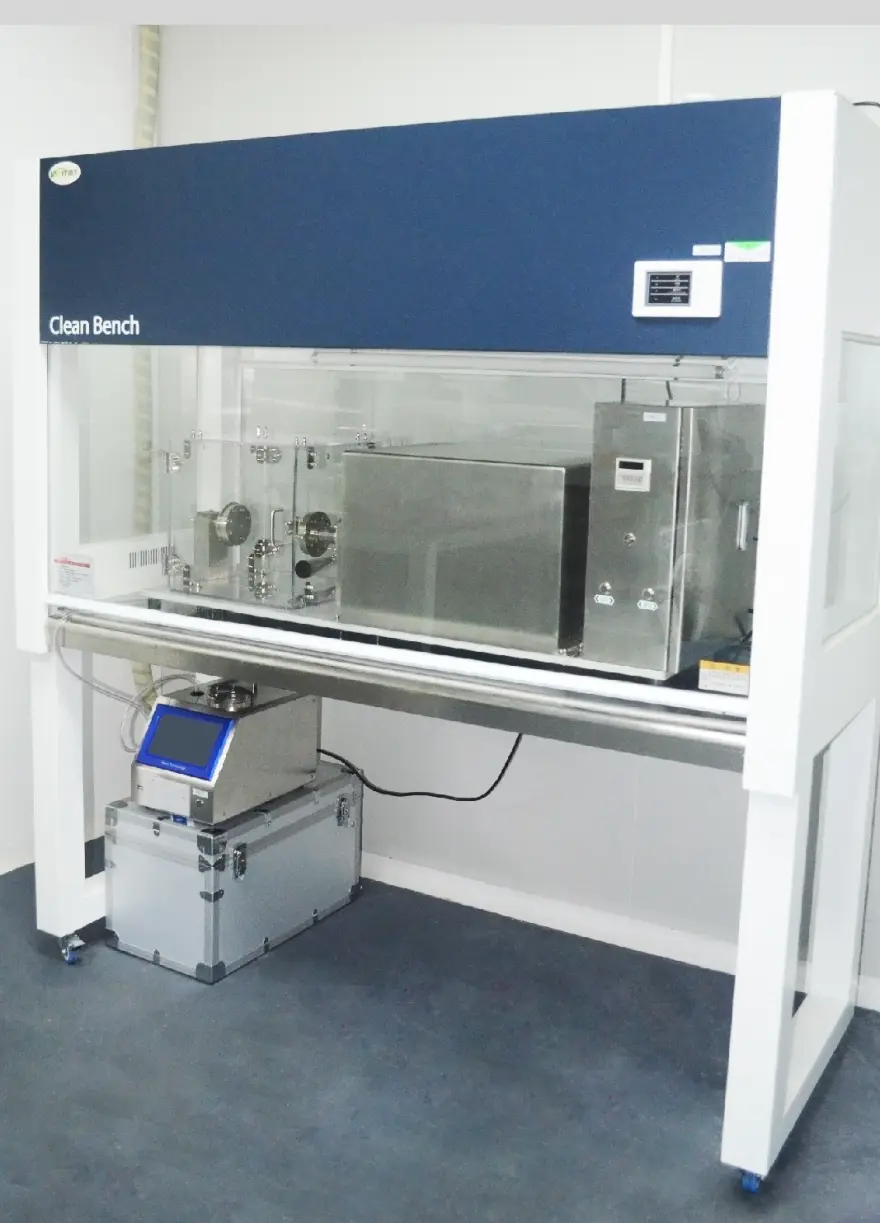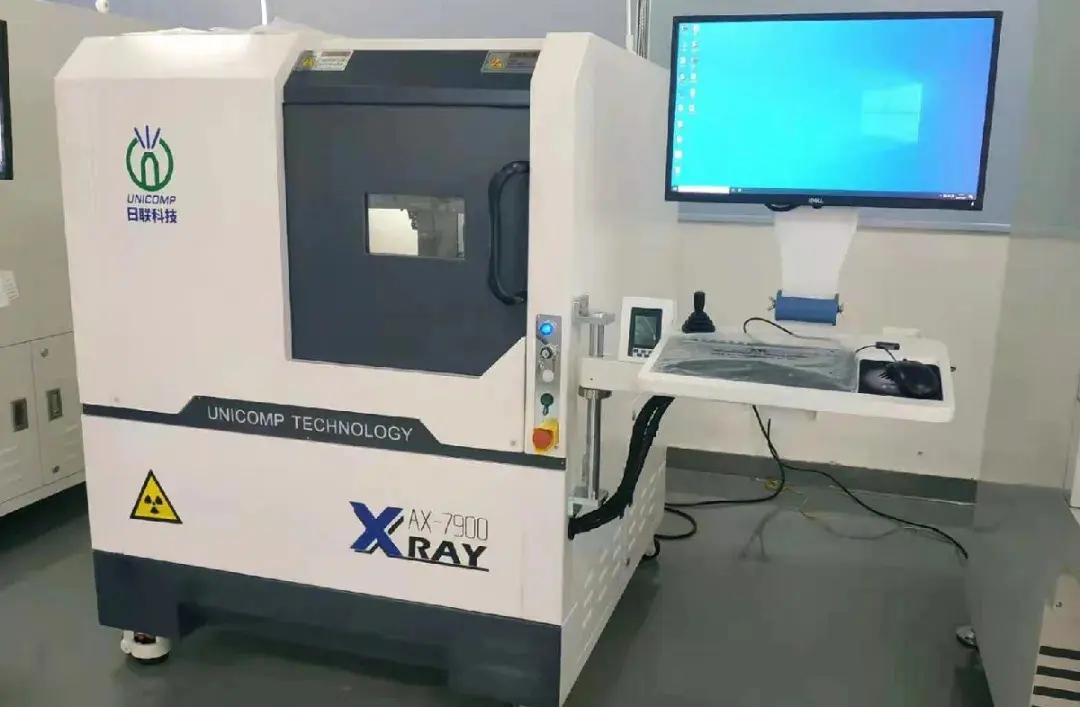
EU New Battery Regulation (EU) 2023/1542
In July 2023, the European Union officially released the new Battery Regulation (EU) 2023/1542. This regulation is the first legal document that regulates the entire lifecycle of batteries in a comprehensive manner, covering production, use, reuse, and recycling stages. It also amends the EU Waste Framework Directive 2008/98/EC and the Market Surveillance Regulation (EU) 2019/1020, while repealing the original Battery Directive 2006/66/EC. The new regulation came into effect on August 17, 2023.
Differences and Similarities Compared to the Original Battery Directive:
1) Expansion of Battery Types Covered:
The new Battery Regulation applies to all types of batteries placed on the market or put into use within the EU (except for specific uses such as military, aerospace, and nuclear energy). It categorizes batteries into five types:
- a. Portable battery: Sealed, weighing less than 5 kg, and not falling under other categories.
- b. SLI battery (starting, lighting, and ignition battery): Used for vehicle ignition, lighting, or starting purposes, or as auxiliary or backup batteries in vehicles, other transportation, or mechanical transportation equipment.
- c. LMT battery (light means of transport battery): Sealed, weighing less than 25 kg, and used to power L-type vehicles (such as common electric bicycles) but not considered as automotive traction batteries.
- d. EV battery (electric vehicle battery): Used for hybrid or fully electric vehicle traction; or for L-type light vehicles weighing over 25 kg.
- e. Industrial battery: Designed for industrial use, including reused batteries intended for industrial purposes; or other batteries weighing over 5 kg that do not fall under the above categories (b, c, d).
2) Increased or Stricter Requirements (These requirements will be phased in and made mandatory following further notification by the EU):
- Carbon footprint calculation requirements (applicable to EV batteries, LMT batteries, and rechargeable industrial batteries).
- Recycled material usage requirements (applicable to EV batteries, industrial batteries, and SLI batteries). These requirements must be evaluated by a Notified Body (an organization designated by the EU to assess conformity with certain regulations).
3) Mandatory Changes from Directive to Regulation:
- A Directive is a legal act adopted by the European Parliament, the EU Council, and the European Commission, binding specific member states, which must transpose the content into domestic legislation to fulfill their treaty obligations.
- A Regulation is a legal act that is immediately enforceable as law in all member states. It is a more direct form of legislation, requiring no further consideration for implementation. The new Battery Regulation introduces requirements on banned substances, carbon footprint, sustainability and safety, labeling, due diligence, battery passports, and waste management, while clearly outlining the responsibilities and obligations of manufacturers, importers, and distributors of batteries and products containing batteries. It establishes conformity assessment procedures and market surveillance requirements.
Applicable to Five Types of Batteries:
- Portable Battery: Not specifically designed for industrial use, sealed, weighing no more than 5 kg, not considered as EV battery, LMT battery, or SLI battery.
- SLI Battery (starting, lighting, and ignition battery): Used for vehicle ignition, lighting, or starting purposes, or as auxiliary or backup batteries in vehicles, other transportation, or mechanical transportation equipment.
- EV Battery: Provides power for L-class hybrid or fully electric vehicles weighing more than 25 kg, or M, N, O-class hybrid or fully electric vehicles.
- LMT Battery (light means of transport battery): Sealed, weighing no more than 25 kg, providing power for wheeled vehicles (including L-class).
- Industrial Battery: Designed for industrial use, or reused for industrial purposes, or other batteries weighing over 5 kg but not classified as EV, LMT, or SLI batteries.
Substance Restrictions:
- Mercury Limit: Mercury content in batteries must not exceed 0.0005% by weight.
- Cadmium Limit: Cadmium content in portable batteries must not exceed 0.002% by weight.
- Lead Limit: From August 18, 2024, lead content in portable batteries must not exceed 0.01% by weight. However, this lead content limit does not apply to portable zinc-air button batteries until August 18, 2028.
These restrictions aim to reduce environmental pollution and ensure the safety and sustainability of battery production and use.
Battery Sustainability and Safety Requirements:
1) Banned Substances: Compliance with the substance ban requirements listed in Annex XVII of the EU REACH Regulation (EC/1907/2006); compliance with the substance ban requirements in Article 4(2)(a) of the EU End-of-Life Vehicles Directive (2000/53/EC); compliance with the substance ban requirements in Annex I of the new Battery Regulation: mercury — all batteries must not exceed 0.0005% mercury content, cadmium — portable batteries (excluding those for emergency and medical use) must not exceed 0.002% cadmium content, lead — portable batteries must not exceed 0.01% lead content.
2) Carbon Footprint Requirements: Gradual implementation of carbon footprint requirements for EV batteries, LMT batteries, and rechargeable industrial batteries (above 2 kWh). The carbon footprint calculation should be based on the basic elements provided in Annex II of the new Battery Regulation and meet the requirements of the latest EU Product Environmental Footprint (PEF) methodology and PEF Category Rules (PEFCRs).
CE Marking:
According to Chapter 4 of the regulation, batteries must obtain CE marking. The CE mark is a standard certification in the European Common Market, indicating that the product complies with the relevant EU regulations and standards, including the new battery regulations. By obtaining the CE mark, manufacturers demonstrate that their products meet safety and environmental requirements in the European market.
Recycling Requirements:
From August 18, 2028, the technical documentation accompanying EV batteries, SLI batteries, and rechargeable industrial batteries (above 2 kWh) containing active materials such as cobalt, lead, lithium, or nickel should include information on the percentage of these materials and their recycling. From August 18, 2031, the recovery rates of cobalt, lead, lithium, and nickel from waste active materials must meet the following minimum percentages: cobalt 16%, lead 85%, lithium 6%, nickel 6%; from August 18, 2036, these percentages must increase to cobalt 26%, lead 85%, lithium 12%, nickel 15%.
Manufacturer Registration:
According to Article 59 of the regulation, there is a gradual increase in mandatory registration requirements for portable battery manufacturers. This may involve stricter production standards, mandatory implementation of more stringent environmental measures, and stricter quality control. These measures help ensure that battery products in the market meet high standards and encourage manufacturers to adopt more environmentally friendly production methods.
Electrochemical Performance and Durability Requirements:
From August 18, 2024, EV batteries, rechargeable industrial batteries (above 2 kWh), and LMT batteries must include technical documentation containing electrochemical performance and durability parameters.
Battery Collection Targets:
According to Article 60 of the regulation, specific collection targets are introduced for LMT batteries. This indicates that for light means of transport batteries (LMT batteries), the regulation sets specific collection targets. This may involve requiring plans or mechanisms to ensure that LMT batteries placed on the market are properly collected and processed to minimize their environmental impact.
Recycling Documentation:
For batteries containing cobalt, lead, lithium, or nickel, from August 18, 2028, it is required to provide documentation on the percentage of recovered metals. This indicates that the regulation on battery recycling emphasizes not only the fact of recycling but also the requirement to provide detailed information, especially on the percentage of recovered metals. This helps track and prove the degree of material recycling, promoting the sustainable use of resources.
Removability and Replaceability:
All portable batteries should be designed to be removable, allowing consumers to remove or replace the battery themselves without the need for special tools (e.g., solvents, heat) or specialized training. All LMT batteries should also be easily removable and replaceable by professionals.
Safety:
For stationary battery energy storage systems, from August 18, 2024, technical documentation must prove their safety during operation.
Labeling, Marking, and Information Requirements:
1) General Information: From August 18, 2026, all batteries must have labels containing 10 items of information, including manufacturer details, battery type, chemical composition, and other hazardous substances beyond lead, cadmium, and mercury, as well as critical raw materials.
2) Capacity Information: From August 18, 2026, rechargeable portable batteries, LMT batteries, and SLI batteries must be labeled with capacity information. Non-rechargeable portable batteries must also indicate the minimum average continuous discharge time and be marked as "non-rechargeable."
3) Separate Collection Symbol: From August 18, 2025, all batteries must be labeled with a separate collection symbol. Batteries with cadmium content exceeding 0.002% or lead content exceeding 0.004% must have the corresponding chemical symbol (Cd or Pb) added under the “waste bin” symbol.
4) QR Code: From February 18, 2027, all batteries must include a QR code.
UN 38.3 Testing:
This includes a series of tests such as thermal testing, altitude simulation, impact testing, vibration resistance, external short circuit, overcharge, and forced discharge. These tests aim to ensure that batteries meet relevant standards under UN transport regulations to ensure safety and performance during transportation.
IEC 62133-1-2 Safety Requirements Testing:
Testing for portable sealed secondary batteries to ensure compliance with relevant safety standards set by the International Electrotechnical Commission (IEC).
IEC 60086 Primary Battery Testing:
Testing for primary batteries to ensure compliance with IEC standards, verifying performance and safety.
IEC 62619 Industrial Battery Testing:
Testing for industrial batteries to ensure compliance with relevant IEC safety and performance standards.
UL 1642 Lithium Battery Testing:
Testing for lithium batteries to ensure compliance with Underwriters Laboratories (UL) standards, verifying safety.
IEC 61960-3 Testing:
Testing for prismatic and cylindrical lithium secondary cells and batteries made from them to ensure compliance with IEC standards.
cb certification:
CB certification is based on IEC 62133 standards, which are the safety requirements set by the International Electrotechnical Commission.
Digital Battery Passport:
From February 18, 2027, every LMT battery, industrial battery above 2 kWh, and EV battery placed on the EU market must have an electronic record (electronic passport). This battery passport should contain model-related information as well as specific information about individual batteries, accessible via the provided QR code.
Digital Battery Passport Requirements:
Information must be unique, accurate (including manufacturer details, carbon emission data, recycled materials, inspection certification, etc.), developed in an interoperable format based on open standards, associated with a new passport if reused or remanufactured, and the battery passport should no longer exist after the battery is recycled.
Challenges and Responses to the New Battery Regulation:
The batteries used in electric vehicles are one of the primary battery categories targeted by the new regulation. The new regulation imposes clear requirements on carbon footprint, battery recycling, use of recycled materials, due diligence, and other sustainability topics. It also introduces the concept of a battery passport, which requires the disclosure of core technical data and information related to the supply chain, presenting significant challenges for Chinese vehicle and battery manufacturers. Chinese new energy vehicle companies and power battery manufacturers should focus on compliance with requirements related to carbon footprint, sustainability and safety, labeling information, waste management, and battery passports, carefully following implementation timelines. It is recommended that companies start formulating targeted measures as early as possible.
In summary, the new EU Battery Regulation (EU) 2023/1542 was issued on July 28, 2023, and is intended to replace the previous Battery Directive 2006/66/EC. This regulation comprehensively standardizes the battery industry, focusing on production, use, and disposal phases. The implementation of this new regulation aims to guide the battery industry toward more sustainable and environmentally friendly development by setting stricter standards and requirements to ensure that battery production and use comply with environmental and safety standards.
Email:hello@jjrlab.com
Write your message here and send it to us
 IECEE CBTL Testing Laboratory for IVD Medical Devi
IECEE CBTL Testing Laboratory for IVD Medical Devi
 China OECD GLP-Certified Laboratory
China OECD GLP-Certified Laboratory
 Packaging Validation ISO 11607 Test Report
Packaging Validation ISO 11607 Test Report
 What is the ISO 11607-1 Packaging Validation Test?
What is the ISO 11607-1 Packaging Validation Test?
 How to get an ISO 11737-1 Test Report?
How to get an ISO 11737-1 Test Report?
 Orthopedic Implant Cleanliness Testing
Orthopedic Implant Cleanliness Testing
 What is ISO 10993-23:2021 Irritation Testing?
What is ISO 10993-23:2021 Irritation Testing?
 ISO 10993-23 Irritation Testing Laboratory
ISO 10993-23 Irritation Testing Laboratory
Leave us a message
24-hour online customer service at any time to respond, so that you worry!




